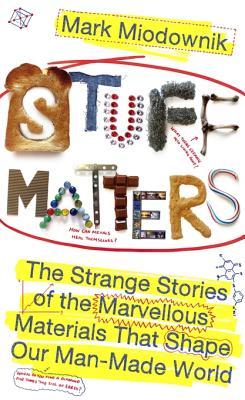More on this book
Community
Kindle Notes & Highlights
Started reading
September 8, 2025
The melting point of a metal is an indicator of how tightly the metal atoms are stuck together and so also affects how easily the dislocations move. Lead has a low melting point and so dislocations move with consummate ease, making it a very soft metal. Copper has a higher melting point and is stronger. Heating metals allows dislocations to move about and reorganize themselves, one of the outcomes of which is that it makes metals softer.
Alloys tend to be stronger than pure metals for one very simple reason: the alloy atoms have a different size and chemistry from the host metal’s atoms, so when they sit inside the host crystal they cause all sorts of mechanical and electrical disturbances that add up to one crucial thing: they make it more difficult for dislocations to move. And if dislocations find it difficult to move then the metal is stronger, since it’s harder for the metal crystals to change shape. Alloy design is thus the art of preventing the movement of dislocations.
A crystal of aluminium oxide is colourless if pure but becomes blue when it contains impurities of iron atoms: it is the gemstone called sapphire. Exactly the same aluminium oxide crystal containing impurities of chromium is the gem called ruby.
Steel, the alloy of iron and carbon, is even stronger than bronze, with ingredients that are much more plentiful: pretty much every bit of rock has some iron in it, and carbon is present in the fuel of any fire.
(the carbon in steel doesn’t take the place of an iron atom in the crystal, but is able to squeeze in between the iron atoms, creating a stretched crystal).
cutlery from stainless steel, and it’s the transparent protective layer of chromium oxide that makes the spoon tasteless, since your tongue never actually touches the metal and your saliva cannot react with it; it has meant that we are one of the first generations who have not had to taste our cutlery.


